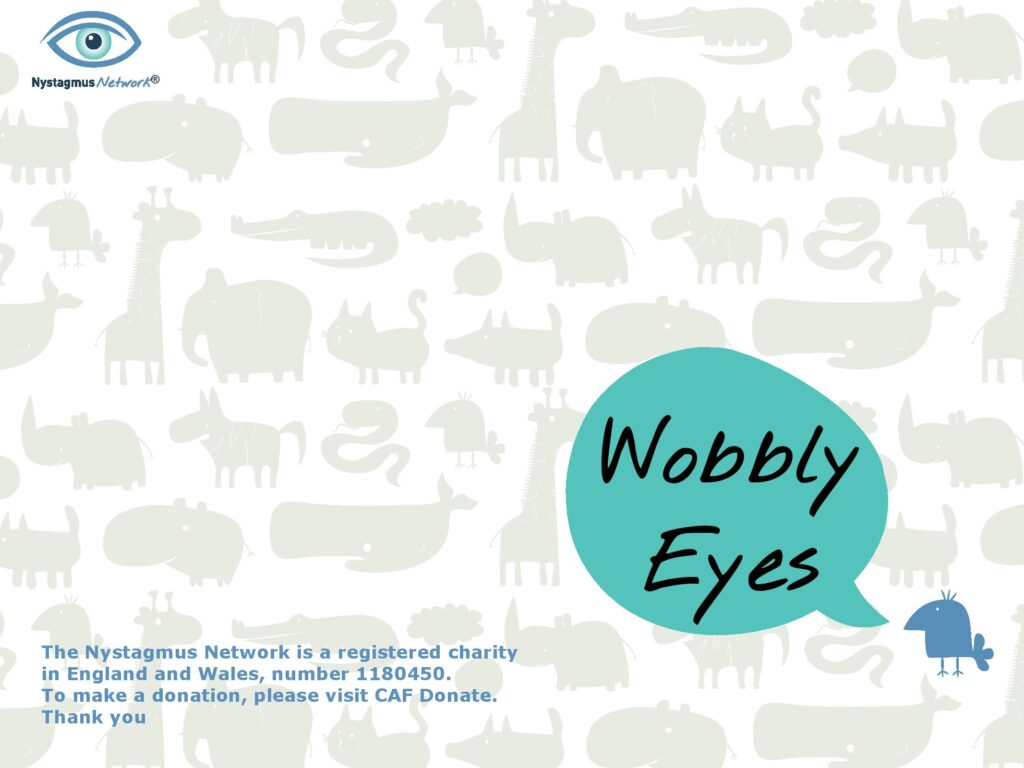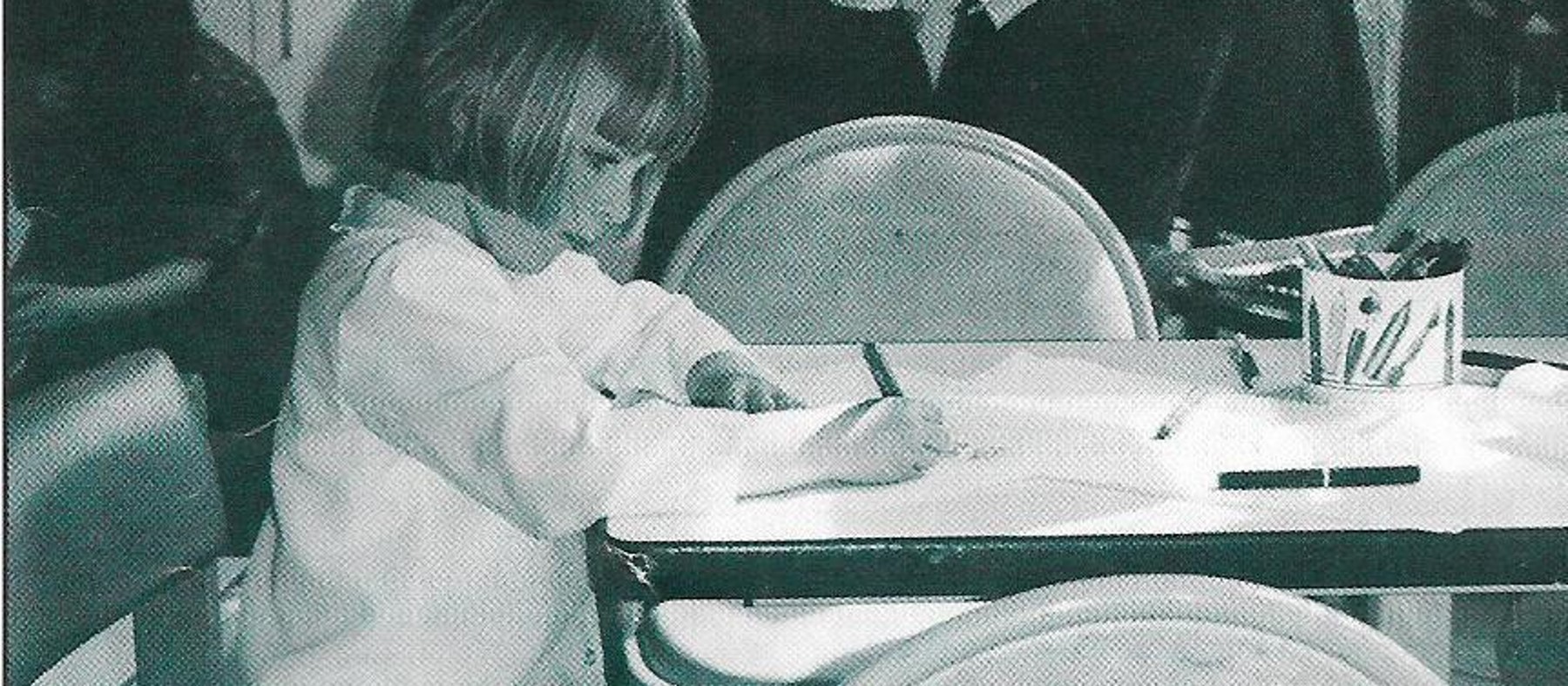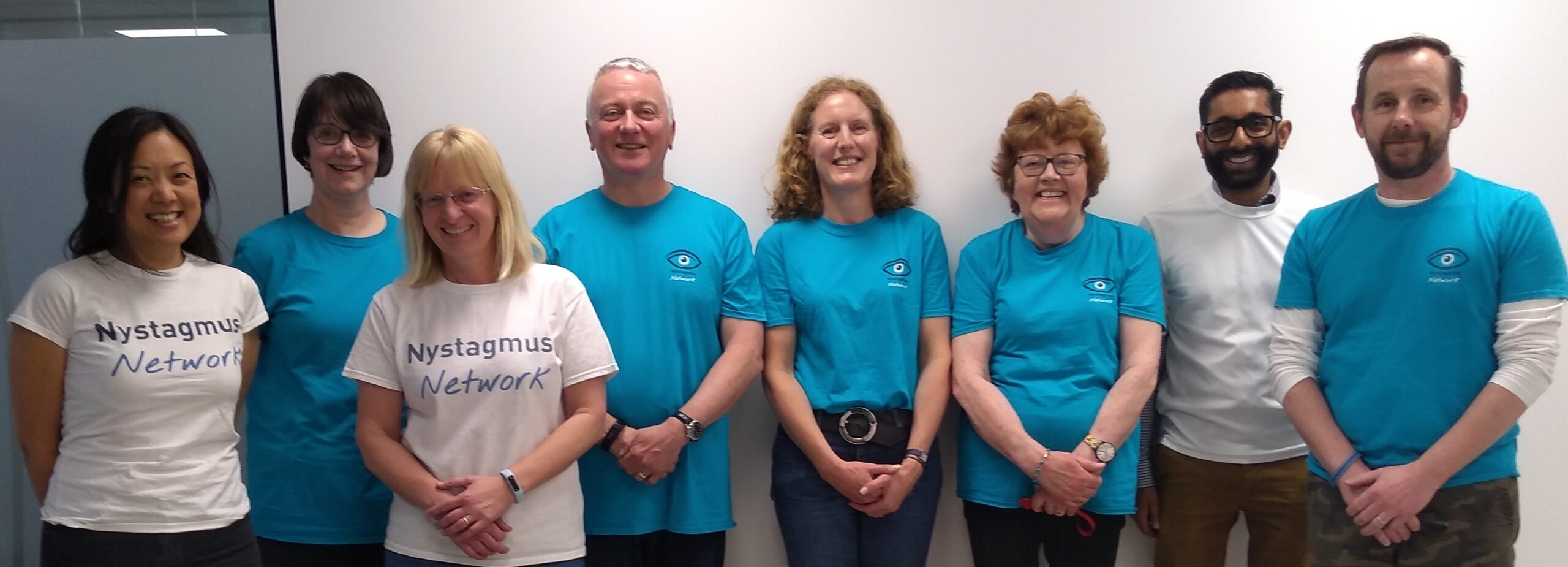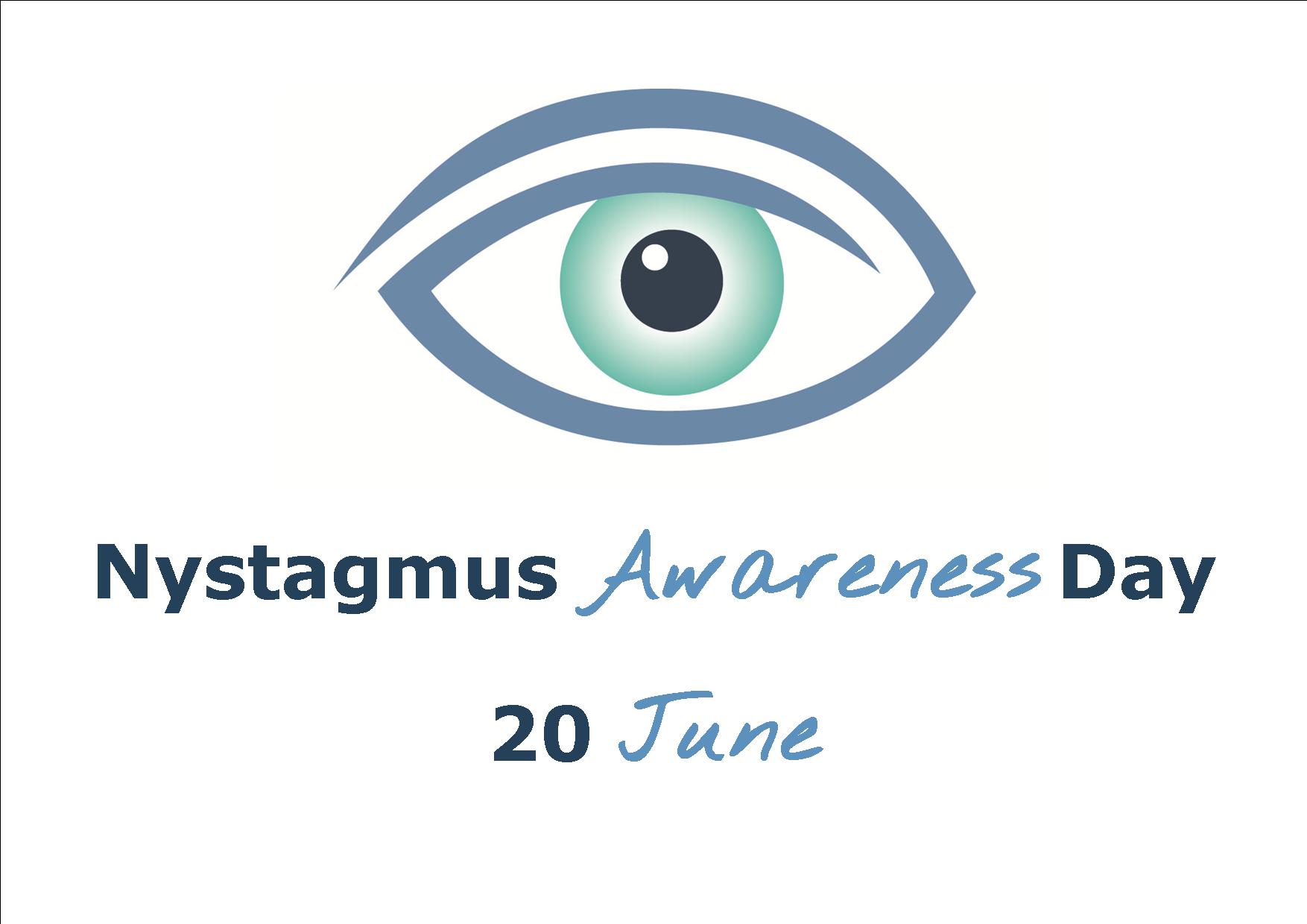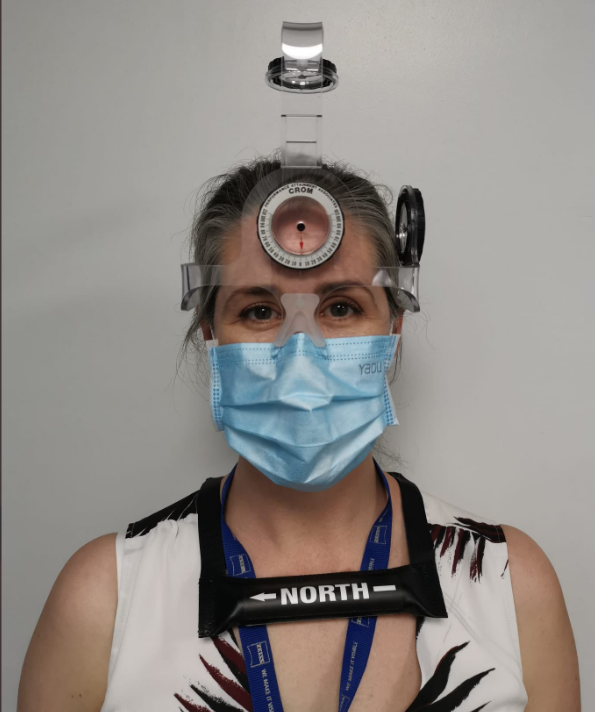The little girl in the picture has nystagmus. She is enjoying some drawing at a Nystagmus Network event some years ago. At the time she had just started school and thought it would help children like her if people understood nystagmus better. One of the first things she wanted other children to know was that nystagmus isn’t catching. She was worried that people wouldn’t want to be her friend.
She started to write a diary about her experiences at home and at school. Each diary entry began in the same way: “When I was a baby a doctor told my mum I was blind. I wasn’t blind, of course, but I did have nystagmus. Now I’m seven and I’ve still got nystagmus. This is how I see the world through wobbly eyes …” The diary was published in the Nystagmus Network newsletter, Focus.
That diary became the basis for the Nystagmus Network booklet for young children, ‘Wobbly Eyes’. This digital publication explains nystagmus in child-friendly language and gives children the words to talk about it themselves. It remains our most frequently downloaded information document.
Extract from the original diary published in FOCUS in September 1999
Yesterday at school some of the children in my class had to have a medical. They called my name out, so I had to go. First they tested our eyesight. I thought that was a bit silly, because they know I’ve got nystagmus. I could only see the big ‘H’ because the nurse was holding the chart too far away.
She asked me if I wore glasses and I said no. I was about to explain about my nystagmus, but she wasn’t listening. She just went on to the next person.
They gave me a letter to take home to my mum. She was cross, because the letter told her she had to take me to the optician straight away. I heard mum talking on the phone to the school nurse later on. She was still cross. She told them that Mr Calver* tests my eyes and that the school nurse doesn’t need to. I don’t think the school nurse really understands about nystagmus. But Mr Calver does, because he’s very clever.
*David Calver was at the time Consultant Paediatric Ophthalmologist at Guy’s and St Thomas’s Hospital.
Download your copy of Wobbly Eyes here
